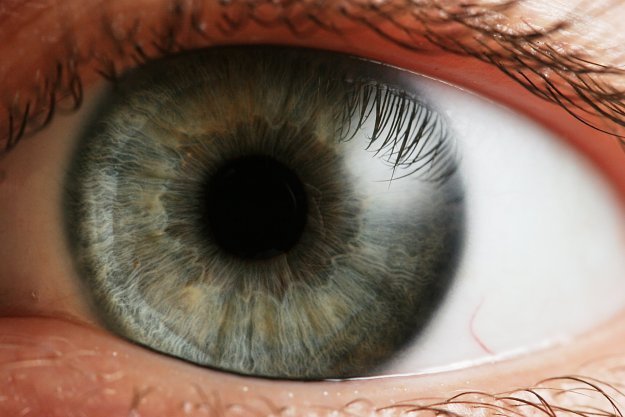
Blue Dancers by Edgar Degas, 1899
“Creativity is the relationship between the human being and the mysteries of inspiration” Elizabeth Gilbert, Big Magic, Creative Living Beyond Fear
There are times where creativity seems like a divine gift, something external and strange and magical that comes from some unknown space in the cosmos. Normally these are times where I let creativity take the lead, where I allow curiosity around a phrase or an idea to lead the way. During these times the providential provision of resources and words can be delightful if a little scary. There are times where my words both reflect me and something that is not like me at all, even when there is truth in the strangeness. I enjoy cooperating with creativity whatever spirit it may be, letting it flow through me and guide me, surprise and startle. Sometimes I can almost stand back and watch it dance and spin and leap and all I can do is simply try to record the joy or lament of the dance. As one who is not a dancer, I am at best an uninformed commenter on the art and yet sometimes the comments themselves capture some of the beauty whether dark or savage or light or joyous or somber.
There are times where creativity seems like some strange reserve of energy within me, like the old Polynesian idea of mana or the Chinese concept of qi. Feeling like some vital energy that is a part of me and that expending it in a forced manner leaches strength from the very marrow of my being. When it feels like a time-constraints force me to be creative in an urgent matter it almost feels like I am doing violence to creativity and to myself at the same time. It is like this thing which can be separate from me is somehow conjoined, that we feed off the same energy. Not like some unwelcome parasite that simply leeches its victim for its own purposes but some type of symbiotic relationship where the creativity, genius, daemon, muse or whatever name you give it cannot do its work without your participation in the dance with it. When it is forced to dance a dance it no longer wants to dance or is not ready for, then I, as its partner, am the one whose head pounds, whose muscles burn and whose soul aches.
Creativity can be elusive but she can be a delight. Sometimes she stays away for days on end, or perhaps it is me who has been away on some other journey, too distracted by the alluring entertainment on some screen or some pressing task at work or home. Sometimes she comes when the time is not right and by the time I can give her my full attention she is off dancing somewhere out of site. I’m not sure what creativity is or how it works, I’m just trying to learn how to cooperate with it. To be attentive to its call, to listen to the music it chooses, to observe the dance, to do my part as a recorder of these mysteries of inspiration. I try to work diligently but not to force or bend it to my will, that seems to do damage to both of us. Perhaps it is something deep within me, perhaps it is something else, perhaps it is in some strange way both. I may never know, and perhaps to know would steal away the magic and delight, like knowing some illusionist’s trick. So, for now I’ll let this dance end as the music fades and leave this reflection for others to see. Perhaps serendipity may allow this to be that providential provision that another curious observer needs as their creativity calls its tune.







